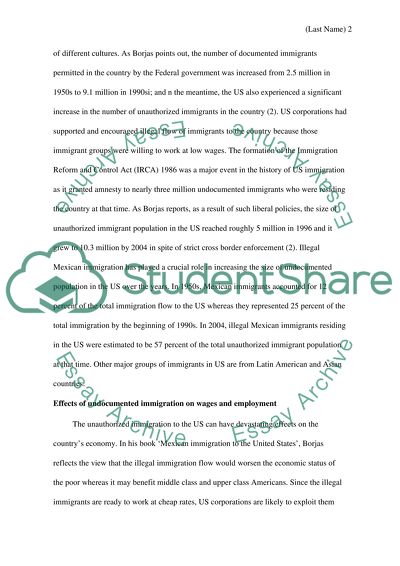Cite this document
(“Term Paper (: Political Economy of International Migration) Essay”, n.d.)
Retrieved from https://studentshare.org/macro-microeconomics/1464933-term-paper-political-economy-of-international
Retrieved from https://studentshare.org/macro-microeconomics/1464933-term-paper-political-economy-of-international
(Term Paper (: Political Economy of International Migration) Essay)
https://studentshare.org/macro-microeconomics/1464933-term-paper-political-economy-of-international.
https://studentshare.org/macro-microeconomics/1464933-term-paper-political-economy-of-international.
“Term Paper (: Political Economy of International Migration) Essay”, n.d. https://studentshare.org/macro-microeconomics/1464933-term-paper-political-economy-of-international.


